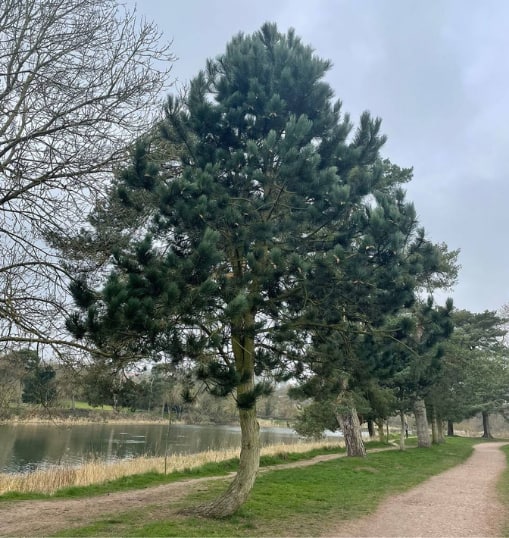Introduction: Hedge cutting isn’t just about aesthetics; it’s also a science-backed practice promoting your hedges’ health and vigour. By understanding the biology of plants and the impact of hedge cutting, you can make informed decisions that lead to lush, vibrant, and thriving hedges. In this enlightening blog post, brought to you by Tenterden Tree Surgeons, we delve into the science behind hedge cutting and provide valuable insights on stimulating healthy growth in your greenery.

1. Plant Growth Patterns
To master the art of hedge cutting, it’s essential to grasp how plants grow. Plant growth occurs primarily at the tips of stems and branches, where active tissue called “meristem” is located. Cutting these tips prompts plants to channel their energy into producing new growth, resulting in bushier and more vigorous hedges.
2. The Role of Light
Light is a key factor in promoting healthy hedge growth. When you trim hedges, you allow more sunlight to reach the inner parts of the plant. This increased light exposure triggers the production of chlorophyll, the green pigment responsible for photosynthesis. Enhanced photosynthesis leads to stronger, healthier growth.
3. Branching Response
Hedge cutting encourages branching by stimulating dormant buds to grow. When you cut, the plant allocates resources to developing new shoots near the pruning point. Over time, these shoots turn into branches, creating a denser and more lush hedge.
4. Proper Pruning Techniques
Pruning techniques play a vital role in ensuring healthy growth. Regular, light trimming is better than infrequent heavy cuts. Removing only a tiny portion of growth each time minimises stress on the plant and allows it to recover more effectively.
5. Timing Matters
Timing your hedge-cutting efforts is a science in itself. Prune deciduous hedges during their dormant season before new growth emerges. For evergreen hedges, trim in late spring to early summer to coincide with their growth phase. Trimming during these periods maximises the plant’s ability to recover and produce new growth.
6. Avoiding Stress and Disease
When done correctly, hedge-cutting reduces the chances of stress and disease. Removing dead or diseased branches prevents the spread of pathogens, while proper trimming prevents overgrowth that can attract pests or lead to weak, unhealthy growth.
7. Encouraging Airflow
Hedge-cutting promotes better airflow within the plant, reducing the risk of fungal infections. Adequate airflow prevents humid, stagnant pockets that can create a conducive environment for diseases to thrive.
8. Consistency is Key
Consistency in hedge cutting is crucial for stimulating healthy growth. Regular trimming encourages the plant to allocate resources to new development and branching, resulting in denser and more vigorous hedges.
Conclusion: Hedge cutting is a science that revolves around understanding how plants respond to pruning and light exposure. By following the insights shared by Tenterden Tree Surgeons in this blog post, you can harness the power of plant growth patterns and sunlight to stimulate healthy growth in your hedges. By treating hedge cutting as a scientific endeavour, you’ll achieve stunning aesthetics and contribute to the overall health and vitality of your outdoor space.
Call us on: 01580 234692
Click here to find out more about Tenterden Tree Surgeons
Click here to complete our contact form and see how we can help with your tree’s needs.